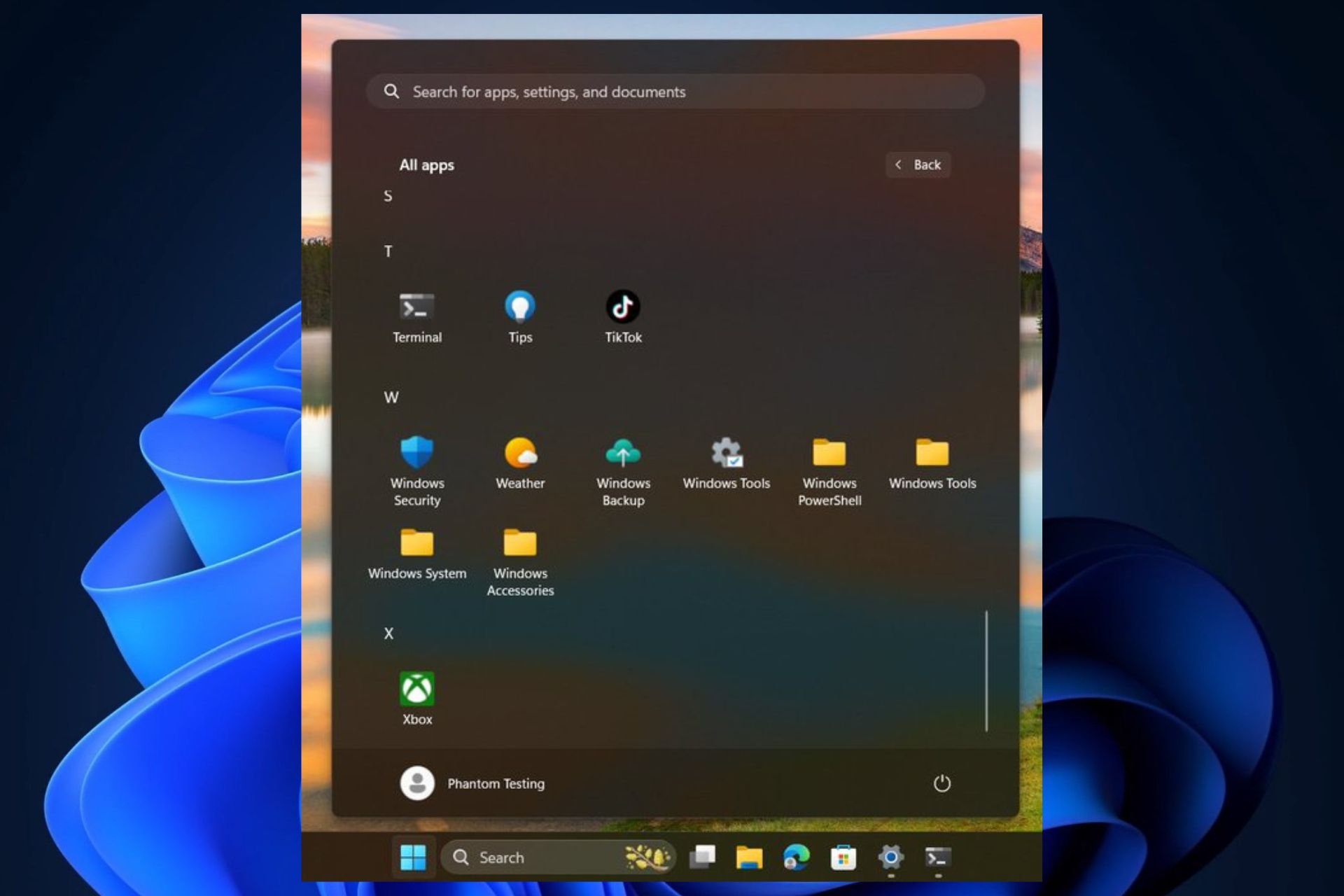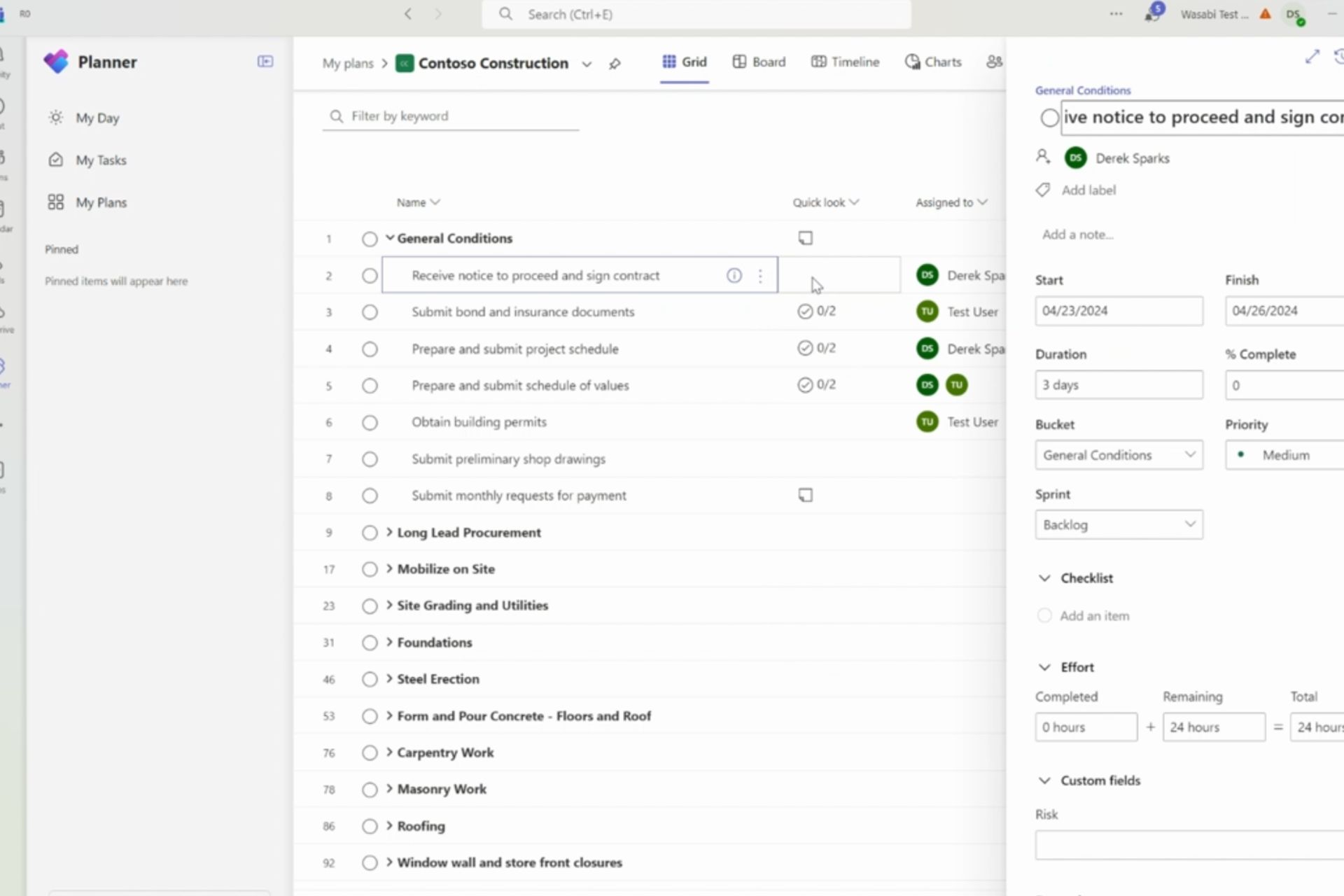Windows Performance Toolkit aims to help developers maximize website performance
2 min. read
Published on
Read our disclosure page to find out how can you help Windows Report sustain the editorial team Read more

It’s no surprise that websites that run slower will cause a significant loss of traffic. However, according to Google and Bing’s research, even the smallest delays under half a second have been proven to harm a site’s success. While in-browser developer tools are often used for getting an idea of what is going on behind the scenes, Microsoft has posted a blog today explaining how the Windows Performance Toolkit can resolve their issues and increase their performance.
The Windows Performance Toolkit is available for installation in the Windows Assessment and Deployment Kit, a general kit that includes other optional tools and features. Because it is efficient at finding traces in and out of the browser, the WPT is often used by the Microsoft Edge performance team to analyze both applications and operating systems in depth. The performance toolkit includes the Windows Performance Recorder that captures and records tracers and the Windows Performance Analyzer that analyzes those traces. Both of these help developers better understand how they can debug their performance loss.
Along with the Event Logging for Windows (ETW), CPU and memory usage across all Windows applications can be analyzed. That includes tasks that in-browser developer tools can’t normally reach such as GPU usage, disk usage, and system wide memory usage. It can even identify characteristics across the whole system and sift through multiple tabs in multiple processes at the same time.
At the Edge Web Summit 2016, developer Senior Program Manager Todd Reiifsteck covered the step by step instructions on how to debug and improve performance with a live demonstration. The demo page was published on the site and Github for developers to get a hands-on experience with the toolkit.
For more details on how to use the Performance Toolkit or to read more about their demonstration, visit the blog. Download the WPT for free at the Microsoft Dev Center.







